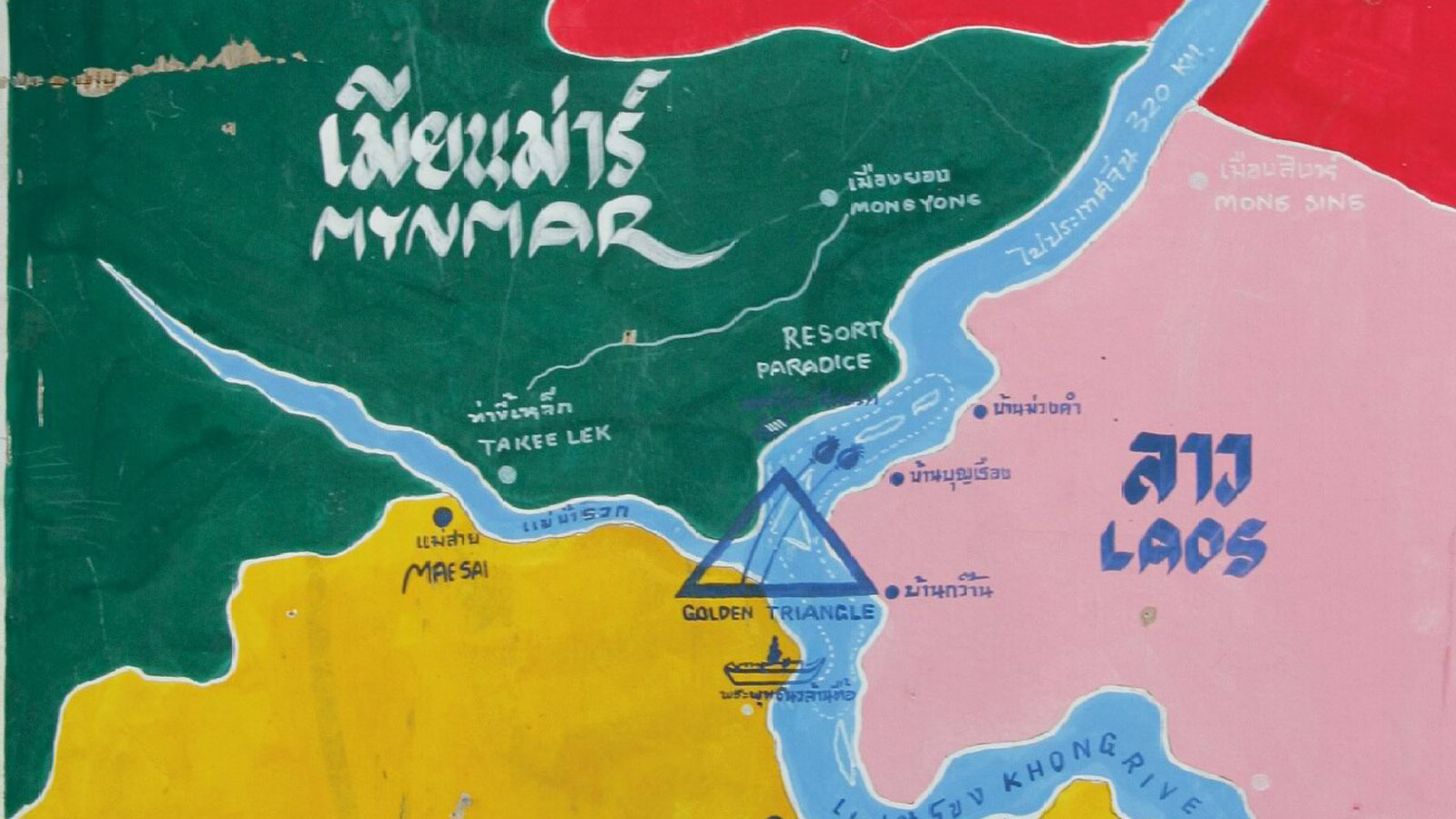Seasia happened to find out these interesting fun facts as shown in the YouTube link below as something that people in the region might at least know they exist.
Based on the video, you may find the full list of 20 Unbelievable International Borders in the whole wide world, as shared by YK Chau:
0:04 - Pi(π) like Border - Namibia, Botswana, Zimbabwe, Zambia
0:12 - Light Border - Pakistan, India
0:20 - Three-Country Cairn - Finland, Norway, Sweden
0:28 - Border in Eurode Business Center - Netherland, Germany
0:36 - Cafe at the border - Netherland, Belgium
0:44 - A bridge on the Iguaçu River - Argentina, Brazil
0:52 - Barrier on a beach - Mexico, United States
1:00 - The Great Wall - China
1:08 - The Tri-point - Germany, Poland, Czech Republic
1:16 - Forest and deforestation - Brazil, Bolivia
1:24 - Straight line - Egypt, Israel
1:32 - Old Svinesund Bridge - Sweden, Norway
1:40 - Haskell Library - United States, Canada
1:48 - Christ Statue - Argentina, Chile
1:56 - Gaint Fishes - Poland, Ukraine
2:04 - Border Table - Slovakia, Hungary, Austria
2:12 - No Light Zone - China, N.Korea, S.Korea
2:20 - The Golden Triangle - Thailand, Myanmar, Laos
2:28 - Triple Frontier - Argentina, Brazil, Paraguay
2:36 - The Equator - Ecuador
However, did you know about The Golden Triangle? What about this inclusive borders that people in the region must know:
1. It is the area where the borders of Thailand, Laos, and Myanmar meet at the confluence of the Ruak and Mekong Rivers
2. The name is commonly used more broadly to refer to an area of approximately 950,000 square kilometres (367,000 sq mi) that overlaps the mountains of three adjacent countries.


3. Along with Afghanistan in the Golden Crescent (a name that's given to one of Asia's two principle areas of illicit opium production), Golden Triangle has been one of the most extensive opium-producing areas of Asia, and of the world, since the 1950s.
4. Most of the world's heroin came from the Golden Triangle until the early 21st century when Afghanistan became the world's largest producer. Myanmar, even, the world's second largest producer of illicit opium, after Afghanistan.

5. History narrated that opium and heroin base produced in northeastern Myanmar are transported by horse and donkey caravans to refineries along the Thailand–Burma border for conversion to heroin and heroin base.
6. Most of the finished products are shipped across the border into various towns in North Thailand and down to Bangkok for further distribution to international markets.

7. In recent years, there are plenty of natural attractions to warrant a visit – the Thai side of the Golden Triangle, in particular, has plenty of interest.
8. However, to experience how sparsely populated the Golden Triangle can be, cross the Mekong further downstream from Chiang Khong to Huay Xai in Laos. Just an hour's drive into the tranquil countryside are the semi-buried remains of the city of Souvanna Khomkham, believed to date from the fifth century.
Source: YouTube & Various sources including The Independent , Wikipedia



















